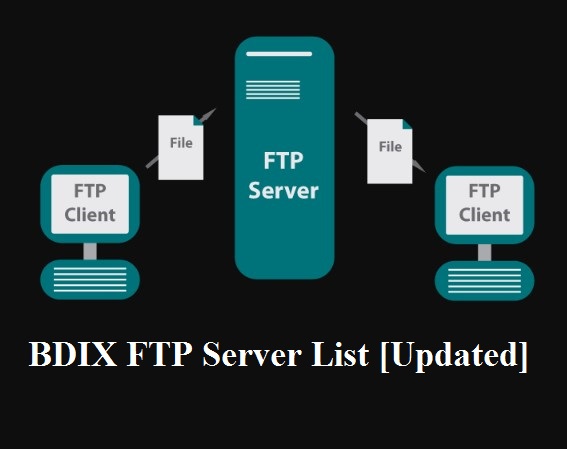It’s quite fascinating to see your mobile application working properly after its complete deployment and release on the app store. You might be excited about the growth of your app in the market but the job is not done yet.
Actually, you are done from the core development point of view but the maintenance of an app is a continuous process. When your application is live, there are multiple chances to do any maintenance work based on the users’ feedback or other technical aspects.
In this blog, we will cover all relevant aspects of app maintenance to give you a thorough idea. Before that, we must understand the core concept behind the maintenance of an application.
Quick Link:
What is Mobile App Maintenance?
Mobile app maintenance is an ongoing process of managing and updating a mobile application after its deployment. It is based on regular monitoring to identify any bugs or issues that may come up after the launch. That’s how a mobile development company in Dubai resolves them ensuring the app’s optimal performance.
To keep the app in sync with the latest mobile devices and operating systems, we need to implement compatibility updates. Meanwhile, security updates are applied to secure user data and against potential threats. Regular content updates are part of maintenance to keep the app’s information fresh and relevant according to the market demands.
However, app owners gain insights into user behavior through analytics and monitoring. It enables them to make informed improvements. Overall, mobile app maintenance is a critical aspect of sustaining a successful mobile app in this ever-evolving digital landscape.
Fundamental Aspects of Mobile App Maintenance
Mobile app maintenance is a vast and diverse process. However, here are some fundamental aspects on which the maintenance process is based.

Bug Fixes:
One of the primary objectives of mobile app maintenance is addressing and resolving bugs promptly. Bugs can arise from various sources, such as coding errors, compatibility issues, or unexpected user behavior.
To tackle this, conduct thorough testing during and after the app development process to identify and fix any issues before they affect users. Implement an efficient bug tracking and reporting system to gather user feedback and monitor app performance regularly.
Prioritize bugs based on their impact and urgency and release timely updates to rectify the identified problems. Transparent communication with users about the bug-fixing process will instill confidence and trust in your app.
Security Updates:
App security is paramount in today’s digital landscape, and mobile app maintenance plays a critical role in keeping your app secure. Regularly assess potential vulnerabilities by conducting security audits and penetration testing.
Implement secure coding practices from the outset and stay updated on the latest security threats and best practices. Swiftly apply security patches to address any discovered vulnerabilities and protect user data from breaches and cyberattacks.
Additionally, educate your users about the importance of data protection and ensure they are using the latest version of your app, which includes the most recent security updates.
Compatibility Updates:
As mobile devices and operating systems evolve rapidly, maintaining compatibility with various platforms becomes essential. Regularly test your app on different devices and OS versions to ensure seamless performance.
Stay informed about the latest platform updates and changes, and make necessary adjustments to your app accordingly. Consider adopting a responsive design approach to optimize the app’s user interface and experience across a wide range of devices and screen sizes.
By staying compatible with new technologies, your app can cater to a larger audience and improve user retention.
Performance Optimization:
A fast and responsive app is crucial for user satisfaction and retention. Continuously monitor app performance metrics, such as loading times, response times, and crash rates.
Identify performance bottlenecks and optimize code, database queries, and network requests to improve overall app performance. Utilize caching and other performance enhancement techniques to reduce loading times and enhance user experience.
Regularly test your app’s performance under different network conditions to ensure reliable functionality even in challenging environments. A well-optimized app will not only retain existing users but also attract new ones through positive word-of-mouth recommendations.
Key Benefits of Maintaining Your App
If you are keen on the maintenance and support of your application, then you will have progressive results for sure. Here are some of the key benefits that you get as a result of efficient app maintenance.
Enhanced User Experience:
Regular maintenance ensures that the app remains free of bugs, glitches, and performance issues, resulting in a smooth and seamless user experience. A well-maintained app is more user-friendly, leading to increased user satisfaction and higher retention rates.
Increased App Performance:
Through continuous optimization and performance monitoring, mobile app maintenance helps to improve the app’s loading times, response rates, and overall performance. This contributes to faster and more reliable app usage, reducing the risk of user frustration and abandonment.
Improved Security:
Security updates and patches implemented during app maintenance enhance the app’s resistance to potential security threats and vulnerabilities. Regularly addressing security concerns protects user data and confidential information, fostering trust and confidence among users.
Long-Term Cost Savings:
Timely bug fixes and issue resolutions in the maintenance phase prevent minor problems from escalating into major ones. This proactive approach reduces the need for extensive development and rework, leading to cost savings in the long run.
Increased User Engagement and Retention:
An app that is regularly updated and maintained provides fresh content, improved features, and better performance, which leads to higher user engagement. Satisfied users are more likely to stay loyal to the app and recommend it to others.
Longevity and Sustainability:
Regular maintenance helps extend the lifespan of the app by keeping it up-to-date and relevant in the fast-paced technological environment. A well-maintained app can remain viable and sustainable for an extended period, yielding a higher return on investment.
Conclusion
Mobile app maintenance undoubtedly is a critical process that ensures the continued success of a mobile application. However, mobile app developers in UK can create a seamless user experience, and increase user engagement by implementing proficient maintenance and support.
Moreover, regular maintenance leads to long-term cost savings, adaptability to new technologies, and a competitive advantage in the app market. Now, app owners can confidently offer a cutting-edge mobile app that stands out in the competitive app market.










